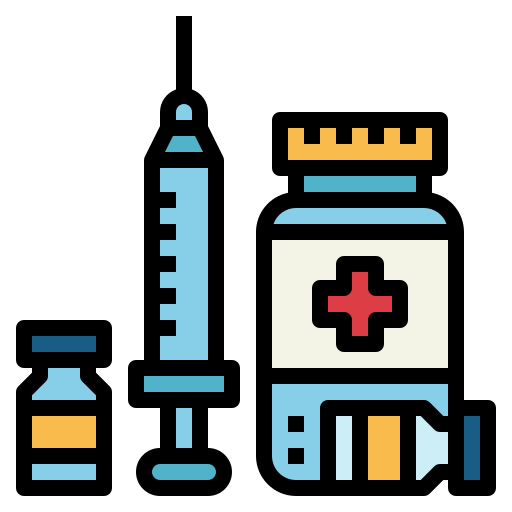General Notes

Migraine is the most common form of severe headache not attributable to an underlying condition. It affects one in seven people globally.
It may be classed as episodic or chronic, depending on frequency of attacks, and can present with or without aura. Possible triggers may include certain foods/drinks, stress, menstruation and fatigue.
Once a diagnosis of migraine has been made, and initial information has been provided, signposting patients to other resources may be useful [NHS Inform].
Asking patients to complete a migraine diary which details: the nature and severity of headaches; medication taken and effect; normal activities missed and possible trigger factors (e.g. menstruation, diet, stress) can provide valuable information when considering management options. The impact of migraine on patients’ work, education, family and social life should also be considered.
Acute treatment
When managing acute attacks consider a stepped approach to treatment – trialling an analgesic initially and switching to a triptan if adequate relief is not obtained after three headaches.
A stratified treatment approach may also be considered – using an analgesic for milder migraines and reserving use of a triptan for when the patient experiences more severe migraines.
All patients should be made aware of the risk of medication-overuse headache and overuse of acute medications should be addressed promptly. SIGN 155 provides further information on the definition and management of medication-overuse headache.
Useful links
SIGN 155: Pharmacological management of migraine – Full Guideline
SIGN 155: Pharmacological management of migraine – Quick Reference